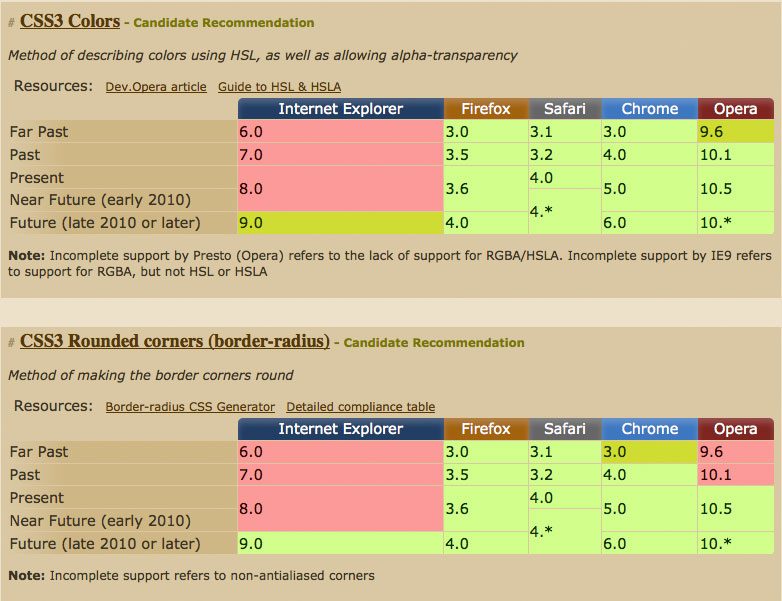Any blogger worth their salt knows of Twitterfeed or a similar service. For the uninitiated, Twitterfeed converts a site’s RSS feed into tweets, allowing users to set and forget. The auto-tweets take the form ‘Blog Post: <title> <short url>’ or similar.
When we launched Big Red Tin we didn’t set up Twitterfeed immediately.
With manual tweets we could customise the message to provide more details to Twitter users, one such tweet was:
We've defined a new term: Web 1.5 http://redt.in/b0KRut ^pw
— bigredtin (@bigredtin) June 16, 2010
We had Twitterfeed set up at this blog’s old location and took the opportunity to compare click-throughs from manual tweets versus automated tweets.
Manual tweets had a substantially higher click-through rate than the automated tweets. I suspect the reason for this is two fold:
- With so many people using Twitterfeed type services, Twitter users have learnt to ignore tweets that appear auto-generated.
- More information can be included in a manual tweet than might appear in an auto-tweet.
Take the post we were linking to earlier, had we been using Twitterfeed the tweet would have been ‘Blog Post: Web 1.5 http://redt.in/b0KRut‘. This provides so little information as to be next to useless. We would have ignored such a tweet out ourselves.
Many of the posts on this site are scheduled in advance, this allows us to publish at roughly the same time each week.
To schedule the associated tweets we use CoTweet. We have a couple of shared twitter accounts as it is, so CoTweet comes in handy for other purposes, but it’s the scheduling feature we use most of all.
If you use Twitterfeed yourself, try disabling it for a couple of weeks and manually tweet in its place. There’s a good chance you’ll be pleasantly surprised when you compare your bit.ly stats.
